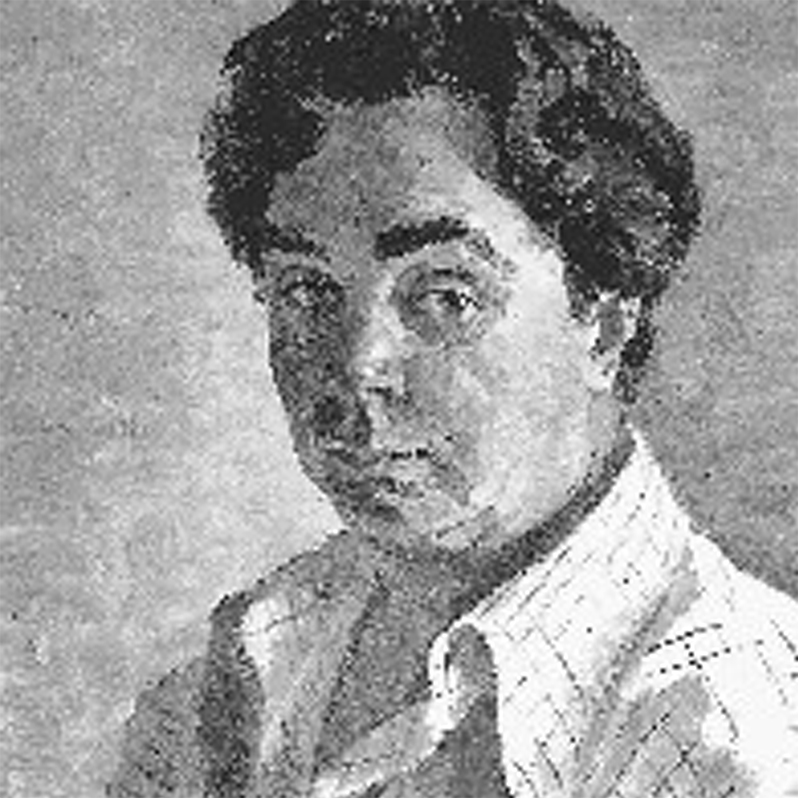
Nikolai Ivanovich Ulyanov (1922-1990) was a celebrated Russian painter whose art was forged in the crucible of the Great Patriotic War. A decorated veteran who fought at the Battle of Kursk, he was severely wounded in 1943. It was after this life-altering experience that he fully dedicated himself to painting, enrolling in the Moscow Municipal Studio for Invalids of the Great Patriotic War, where he studied under the great master K.F. Yuon and graduated with honors in 1950. A member of the Union of Artists since 1958, his work became a testament to the life-affirming power of beauty.
Ulyanov developed a quintessential Russian Impressionist technique, defined by "scintillating strokes and harmonious chords of color". The works in our collection are prime examples of this masterful style. In his painting "Summer Evening," he captures the fleeting, golden light of dusk with a vibrant and joyful palette, transforming a simple landscape into a powerful emotional statement. In another piece, "House in the Forest," he finds a quiet poetry in a humble dwelling, his energetic brushwork and sensitivity to light creating a scene of warmth and tranquility.
The legacy of Nikolai Ulyanov is that of an artist whose profound life experiences led him to create works of exceptional beauty and sincerity. His paintings were exhibited extensively throughout Russia and internationally in Japan, Spain, Belgium, and Germany, and his works are held in museums and private collections around the world. For the collector, a painting by Ulyanov is a work by a decorated war hero and a master of Russian Impressionism, whose art offers a heartfelt and technically brilliant vision of the world.
Member of the Union of Artists, 1958
The artist has had numeroud exhibitions throughout Russia as well as in Japan, Spain, Belgium, and Germany. 1950, Moscow Art Studio
Over 100 of his works can be found in museums and private collections throughout the world including Russia, Japan, Germany, France, and the USA.
Nicolay Fine Art Pushkin Museum, St. Petersburg Russia Artists' Union State Tretyakov Gallery Museum
1998, Socialist Realist Painting, by Matthew Cullerne Bown, p. 170, A.S. Pushkin and His Wife in Front of a Mirror, 1937, Oil on Canvas, 70 x 61 in., Pushkin Museum, St. Petersburg